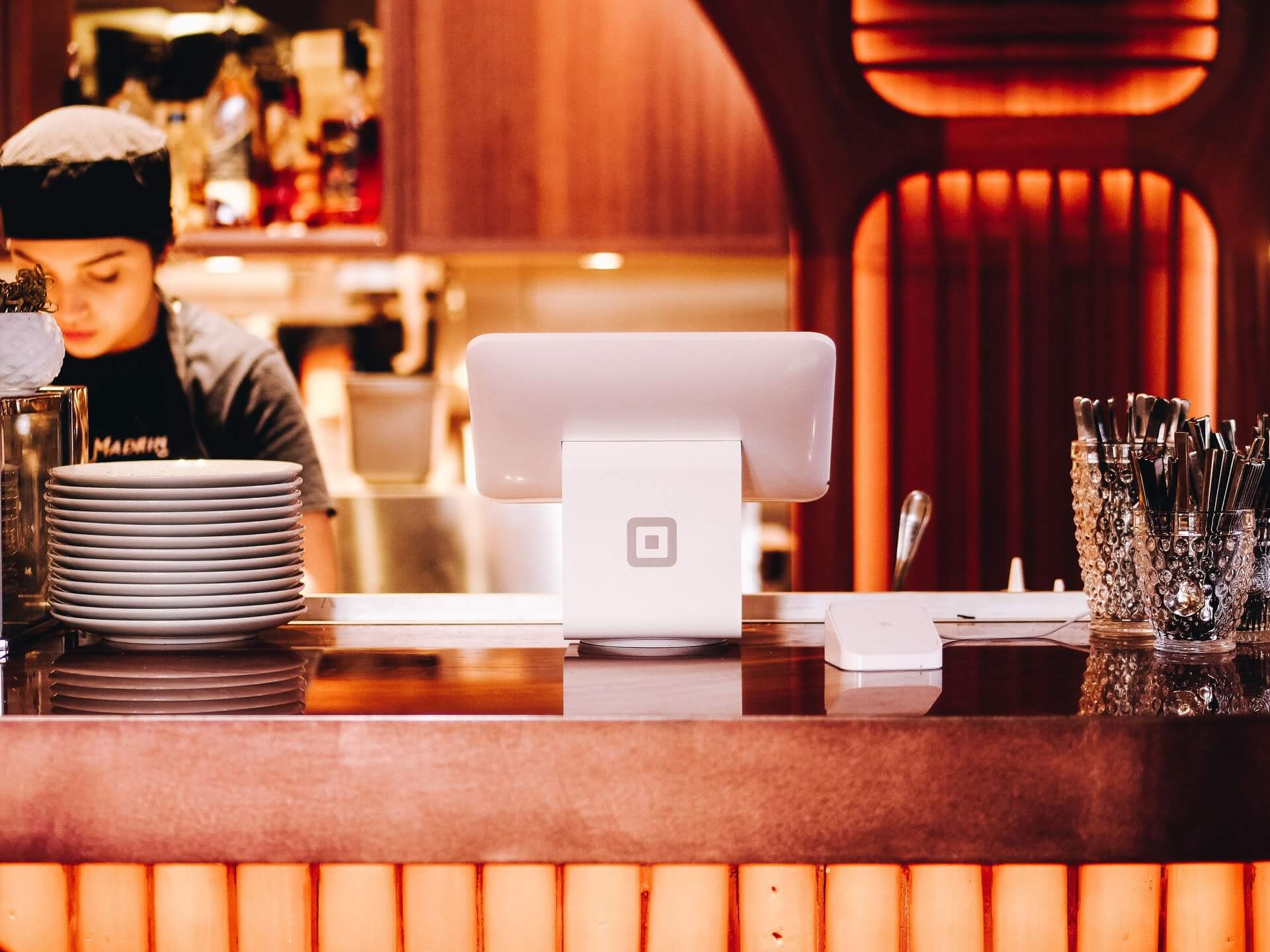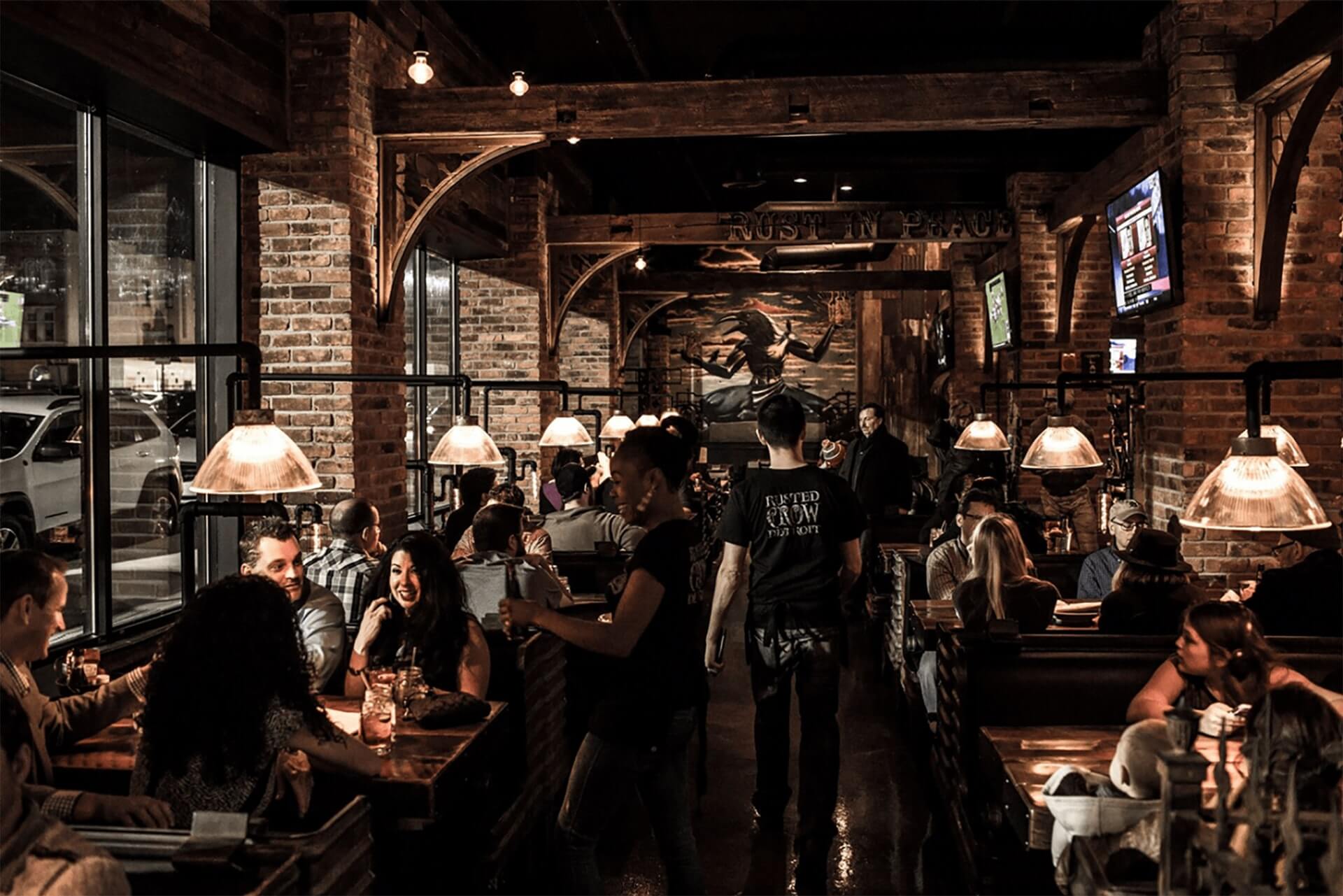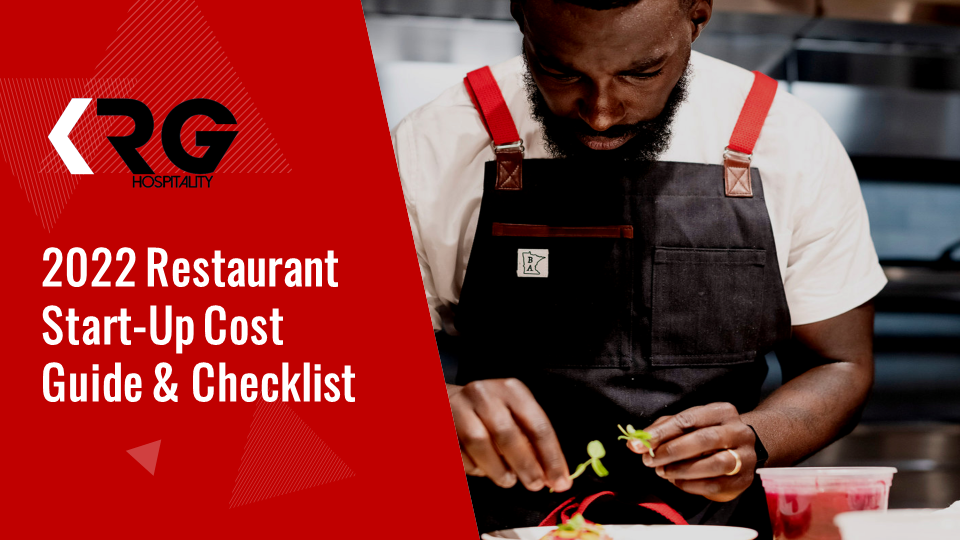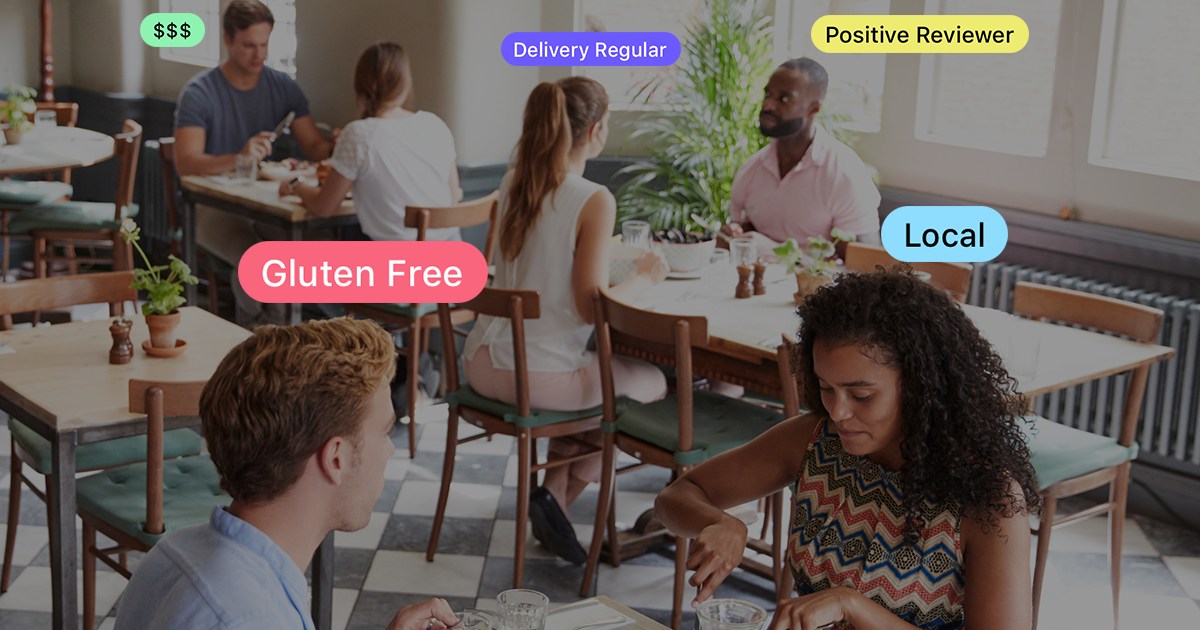Square: 2022 Threats & Opportunities
by David Klemt

As all hospitality professionals know, the past nearly two years is imposing rapid change on the industry, necessitating rapid, strategic adaptation.
The key word in the above sentence isn’t “adaptation,” it’s “strategic.”
Of course, it’s hard to make strategic choices without as much information as possible.
To that end, we’ve reviewed Square‘s recently released “Future of Restaurants: 2022 Edition.” This is the company’s second annual Future of Restaurants report.
Square partnered with Wakefield Research, surveying 500 operators and 1,000 consumers to identify 2022 threats and opportunities.
Threat: Labor Shortage
Most operators aren’t going to want to read this prediction from Square. However, we can’t identify and adapt for opportunities if we don’t acknowledge threats.
Per Square’s report, the labor shortage may never see a correction. In other words, welcome to yet another new normal.
More than 70 percent of operators say they’re facing a labor shortage, per Square. Just over 20 percent of available positions were, at the time the survey was conducted, unfilled.
Instead, operators will likely, according to Square, need to make operational and work culture changes:
- Improve working conditions. For example, encouraging and acting on team feedback. Another example? Modernizing scheduling.
- Ensure workers are being mentored and not simply managed.
- Hire, train, assign tasks, and schedule more strategically to operate with a smaller team.
- Offering incentives that entice higher-quality candidates to work for you.
One participant quoted in the Square report claims that QR code ordering dropped their labor cost percentage by 150 percent.
Threat: Lack of Tech
As SevenRooms suggested when looking forward to 2022, technology solutions can lessen the burden of labor shortages. That leads us to another big threat: failing to embrace tech.
Some operators bristle at the word “automation.” For many, it conjures an image of robots in the kitchen and delivering food to tables.
Obviously, we’re opposed to replacing staff with any form of automation. However, we support automating tasks if that means team members are better utilized.
Why not automate inventory? Why not automate online order filling? If it improves operations and the guest experience, automation is less threatening.
According to Square’s report, 62 percent of operators think automation is appealing for managing online, delivery, and contactless orders. Ninety percent of operators say that back-of-house automation—if staff can focus on more important tasks—is a good idea.
More than 90 percent think automated inventory is an appealing solution.
It has taken a lot of time for hospitality to catch up to other industries in embracing tech. But Square reports that 36 percent of restaurants upgraded their business tech in 2021.
Of course, automation will become a threat if operators lean too heavily into it and stop paying attention to detail.
Phrased another way, be tech-savvy, not tech-reliant.
Opportunity: Omni-channel
Square see implementing an omni-channel strategy as the way forward. In fact, their general manager for Square Restaurants, Bryan Solar, said the following:
“We see the time of the dine-in only or takeout only as largely done forever.”
Going omni-channel (diversifying) in the restaurant space means making online ordering and delivery important elements within the overall business strategy. To that end, Solar posits kitchens will grow in size to better handle online orders.
Square’s survey reveals some intriguing numbers:
- 13 percent of consumers say they’ll avoid restaurants that don’t offer online ordering.
- Among restaurants with online ordering, those channels generate 34 percent of their revenue.
- Over the past year, 54 percent of restaurants either added or expanded online ordering channels.
- Online ordering is likely here to stay: 69 percent of respondents plan to offer it post-Covid-19.
- 24 percent of operators are planning to allow guests to order alcohol from them online.
Another interesting set of numbers pertains to first- and third-party delivery. As we’ve stated several times, we much prefer operators offer first-party or direct delivery. According to Square, 49 percent of operators plan go direct delivery. More than half—62 percent—will pursue third-party delivery. That suggests that some operators will offer both.
Opportunity: Direct Ordering
When it comes to engaging online guests, operators need to control the experience. As I wrote for another publication years ago, a restaurant or bar’s website is still very important.
This statistic proves that statement true: Per Square, 68 percent of online guests want to order via a restaurant’s website or app, not a third-party.
More than likely, a significant portion of those guests want to know they’re supporting a restaurant and its staff directly. Hence the importance placed on ordering via the website or their own branded app.
So, operators would do well to ensure their websites feature an ordering widget. Or, they can opt to have an app built (or at least skinned) for their business.
Opportunity: Kiosks
According to Square’s survey results, 79 percent of consumers prefer ordering from kiosks over ordering from staff.
Most consumers and operators likely associate ordering kiosks with fast food restaurants. However, other categories can also benefit from these devices.
Close to half—45 percent—identified it as a preference when ordering at a casual-dining restaurant.
And fine dining isn’t immune to the convenience of tech. A little over 20 percent of consumers prefer to order via kiosk in the fine-dining space.
Overall, kiosks speak to the guest desires for convenience and safety. More than a third indicated that ordering via digital menu is appealing because they don’t have to touch a menu someone else has touched. And 37 percent like a digital option because they don’t have to wait for a server to bring them a physical menu.
Eleven percent of Square survey respondents will avoid a restaurant if they don’t offer digital menus.
Nearly half (45 percent) of restaurants are planning to offer QR code menus post-Covid-19. Another benefit of digital menus is dynamic pricing. As costs fluctuate, operators can increase or reduce prices easily without printing new menus.
Outlook
Representing a stark contrast from 2020 survey results, nearly 60 percent of operators say the survival of their restaurants is a concern in 2022.
That’s still a high number but vastly lower than how operators answered about 2021. Last year, 92 percent of operators surveyed said they were worried about survival.
According to Square’s report, operators are looking past surviving and making long-term plans. That’s a welcome sign that confidence is improving.
To review Square’s “Future of Restaurants: 2022 Edition” report in its entirety, click here.
Image: Patrick Tomasso on Unsplash










